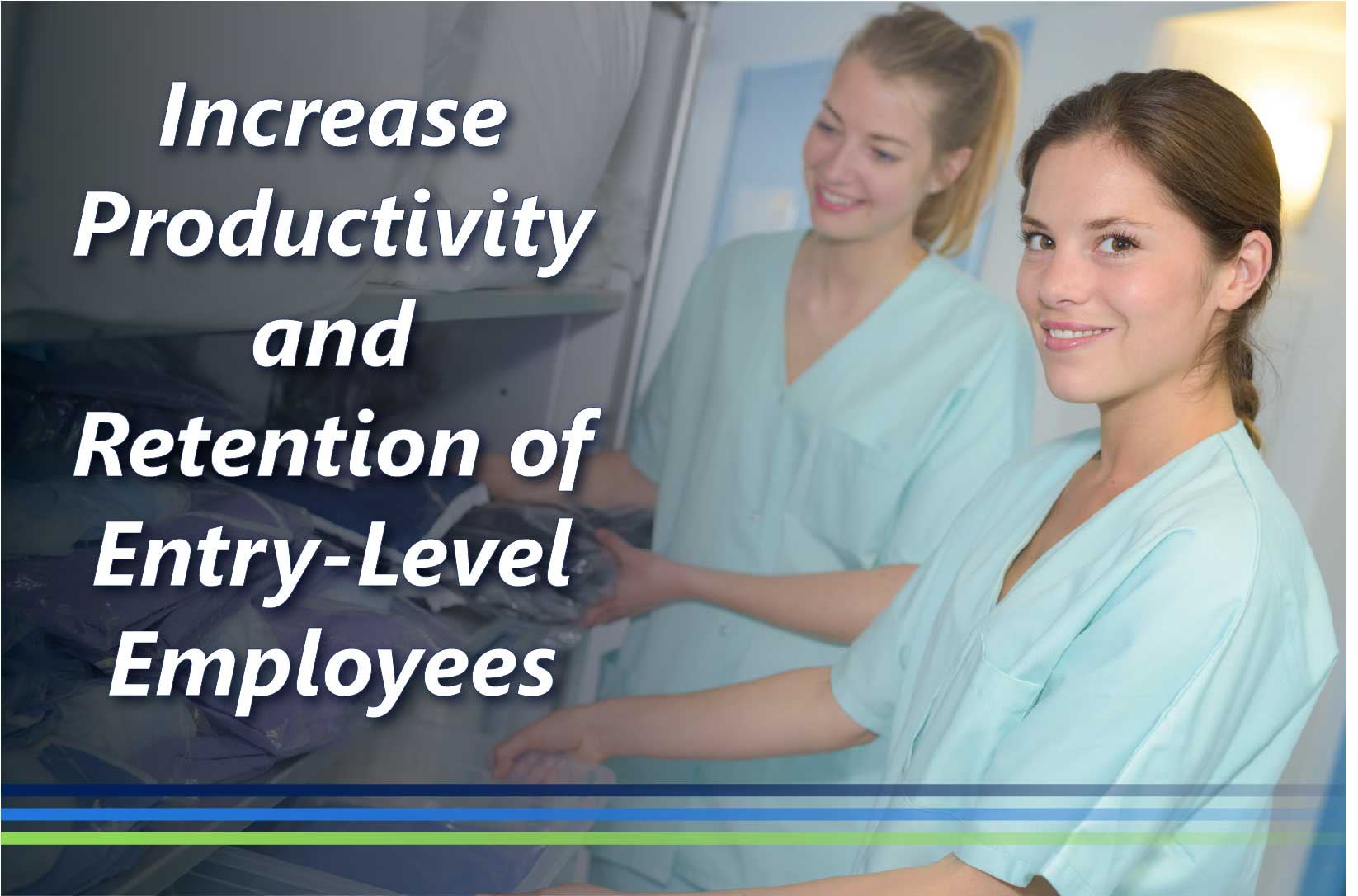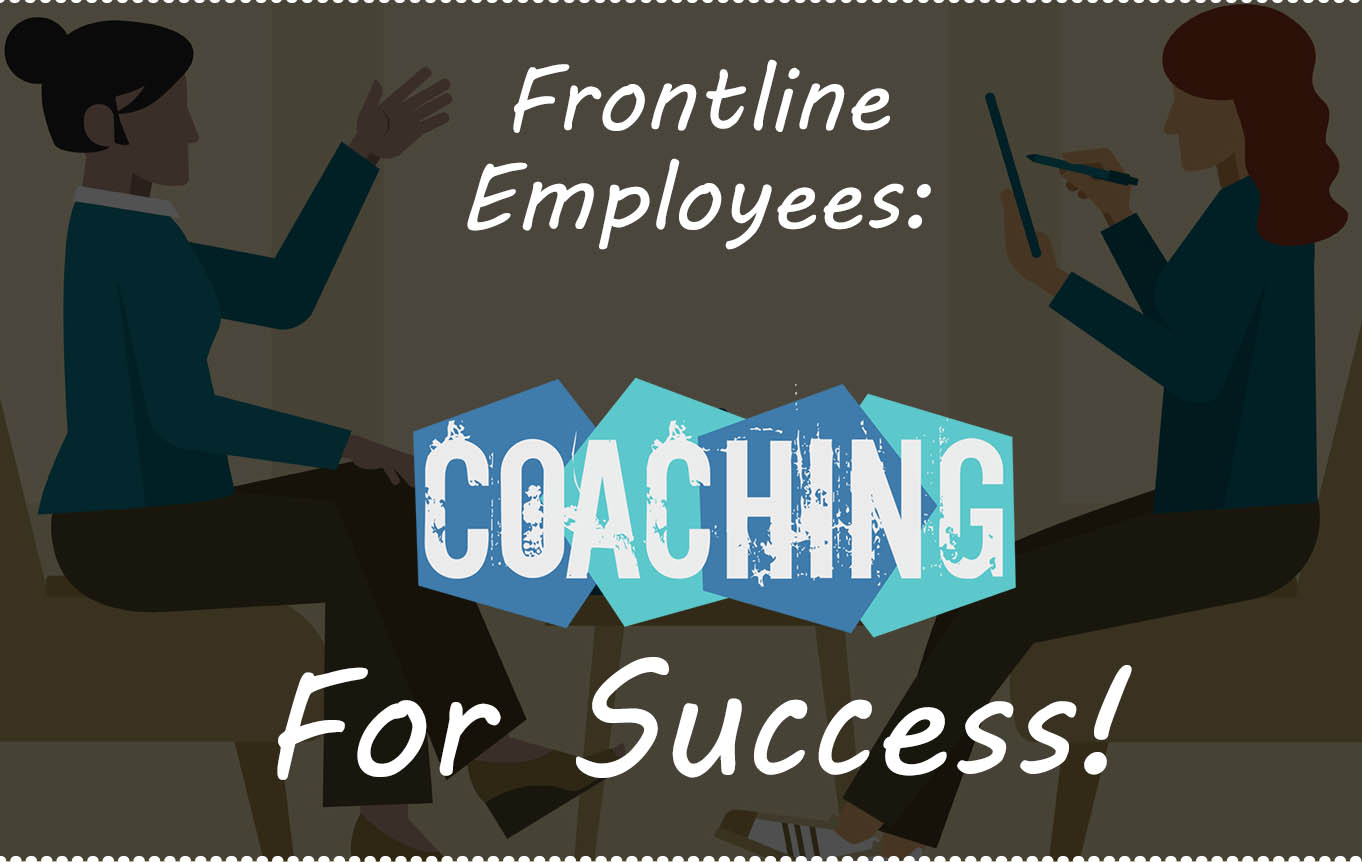As we enter this exciting new decade, what are the “can’t miss” tactics that healthcare Learning and Development (L&D) Directors should not miss out on? One “trend” probably isn’t the takeaway here, the key insight is that training opportunities will occur seamlessly in the flow of work. Compartmentalized trainings, like reading a manual, are being phased out. On-the-job training with immediate application is the way the associate adult learning world is moving. With every associate now connected via devices, technology, and push notifications, employee training has followed suit. L&D initiatives drive more holistic and integrated training opportunities, with targeted micro-learning experiences leading the way.
What are the top training and development trends for frontline healthcare associates in 2020 and into this new decade?
The Definition of a Leader is Changing; Core Soft Skill Training is a Renewed Focus
The ‘Leadership’ definition is broadening in U.S. health systems, and the traditional org chart doesn’t capture what a leader is. Systems are considering individuals to be leaders based on impact, not just on authority. This makes sense for frontline healthcare workers, as these associates are the face of your organization to your patients. A leader for these roles is a top-performer in their specific role. As the definition of leader has changed, core skills are a renewed focus. There is now greater demand for development programs which teach communication skills, critical thinking, collaboration, and customer service, all of which aim to improve long-term employee value and productivity.
Movement from Boss to Coach Changes Learning Interactions
Top-Down management is pivoting toward Partnership-Coaching management. “Because I’m the boss” is becoming a relic. Today, effective managers realize that coaching is the way to motivate and engage their team. Managers want employees who will perform and grow, and this happens when managers are partners who enable. In the book The Heart of Coaching, by Thomas G. Crane, transformational coaching is discussed. This author discusses how manager-coaches should be clear in communication, challenge employees by looking for positive ways to stretch and develop skills, and build collaboration on the team. As managers make this transition to coaching, this will change the employee L&D experience. Manager/coaches will look for ways to tie any corporate training to every day applications, and build 1×1 “teachable moments” to reinforce L&D. Training and development won’t be top-down, just like management won’t be top-down. Training will be an opportunity for associates to interact and receive positive coaching instead of an HR driven mandate.
For more on this topic, see our related article, “Frontline Employees: Coaching For Success.”
Adaptive Learning via Analytics – It’s not just for Clinical Roles any more
Adaptive Learning is a way to enable personalized learning to scale. No student learns at the same rate. Adaptive learning works by assessing learner performance and activity in real time, then using analytics to personalize content to reinforce concepts that target each learner’s strengths and weaknesses. Most often this will result in knowledge retention, increased confidence, decreased frustration, and improved results. Adaptive learning is most used in industries that rely on manual labor and experience high levels of employee turnover such as the healthcare, retail, transportation, and hospitality fields.
In hospitals, adaptive learning technology is used to train staff in essential functions such as the on-boarding process, customer service standards, and role specific training. Adaptive learning can meet employees at their own level, regardless of unique backgrounds or geographically separated locations. Adaptive learning helps employees get up to speed quickly and acquire the skills needed to make immediate impacts in alignment with health system goals. At this time adaptive learning is typically only offered within clinical roles. The New England Journal of Medicine, for instance, creates adaptive learning courses for physicians to maintain certification and receive continuing medical education. But in this new decade, adaptive learning could help transform corporate recruitment and employee development on the front-lines. For example, instead of requiring Certified Nurse Assistants or Health Aides take a 120-hour training, systems could offer micro-accreditation to make training for these hard-to-fill roles more appealing to adult learners.
There is a Need to Train Associates for New Digital Interaction Jobs
With changes in technology, and younger consumers preferring digital interaction, hospitals will be challenged to prepare Frontline workers for jobs which don’t even exist yet – think Administrative or Medical Records roles that involve Social Media outreach and interaction. Digital interaction will also change Medical Assistants and Technician roles that deal with Teledoc customers, or keep health records organized, especially as care moves away from large hospitals to quick-care and community- based health centers. As hospitals become more invested in social media and engaging patients online, entry-level workers will need to be trained on how to provide positive customer experiences in a virtual setting. If your system hasn’t started a social media strategy yet, this will probably soon change, especially as patients begin to shop for healthcare the way they shop for cars or electrician services—by searching the Internet, looking for quality metrics and patient reviews, and comparing prices.
Another digital trend is Chatbots, and it might replace some administrative type roles. But that doesn’t mean Frontline workers in these positions will necessarily be replaced. It means they will have to be trained to meet the new demands of the technology. In the new decade, imagine associates learning to analyze data from patient wearables, associates teaching patients how to use wearables at home, and moderating Telehealth forums to interject and provide patient care when the chatbot is unable to resolve a question or issue. These are just a few examples of how digital interactions will drive future training and development needs for health systems in 2020 and into the decade.
Microlearning
Although microlearning certainly is not new, this trend in associate development will continue and get stronger in the coming decade. Microlearning breaks down new skills and concepts into small individual chunks to be consumed, one topic at a time. These learning modules can be completed while an employee continues in their professional role, allowing associates to incorporate new information into existing work routines almost immediately. Health systems often do not find it feasible, nor affordable, to pull staff cohorts from their day-to-day operations and send them to participate in a training program. Microlearning modules can be assimilated during mere minutes of an associates’ day by using mobile platforms and interactive technology to deliver learning in small bursts. Microlearning is especially well-suited to the information-gathering style of millennials, who are used to rapidly scanning and can have shorter attention spans. And gamification elements in microlearning can show associates how they stack up against peers and allow them to earn badges, which is also appealing to younger learners.
While microlearning is not new, the trend is a realization that traditional LMS microlearning is no longer enough to meet employees’ expectations. A one-size-fits-all, 20-minute course on “Leadership” for any role in the hospital no longer works. Content needs to be based on a specific employees’ role and portray situations and experiences which an employee could see on the next shift. For more information on this topic, see our related article, “Microlearning: What is it, and why should it be used?”
Are you familiar with CLiMB?
CLiMB is an online library of focused microlearnings that provide actionable training for frontline employees, on key concepts such as basic professionalism, communication, using time wisely, and providing exceptional customer service. Practice activities use real-world scenarios from healthcare-specific settings and focus on the entry-level job positions of the targeted learner. CLiMB also provides support tools for teachable coaching moments between managers and direct reports. Feel free to contact us HERE to learn more.
Sources
“Trends in Training and Development,” American Management Association
“Moving from Boss to Coach,” American Management Association, September 13, 2019
“Healthcare providers are teaming with chatbots to assist patients,” Modern Healthcare
“What Should We Expect For The Future of Corporate Training in 2020?” Edge Point Learning, Corey Bleich
“Digital Tools For the Future of Healthcare Providers,” Fingent: Shaping the Future, Tony Joseph, April 26, 2019






